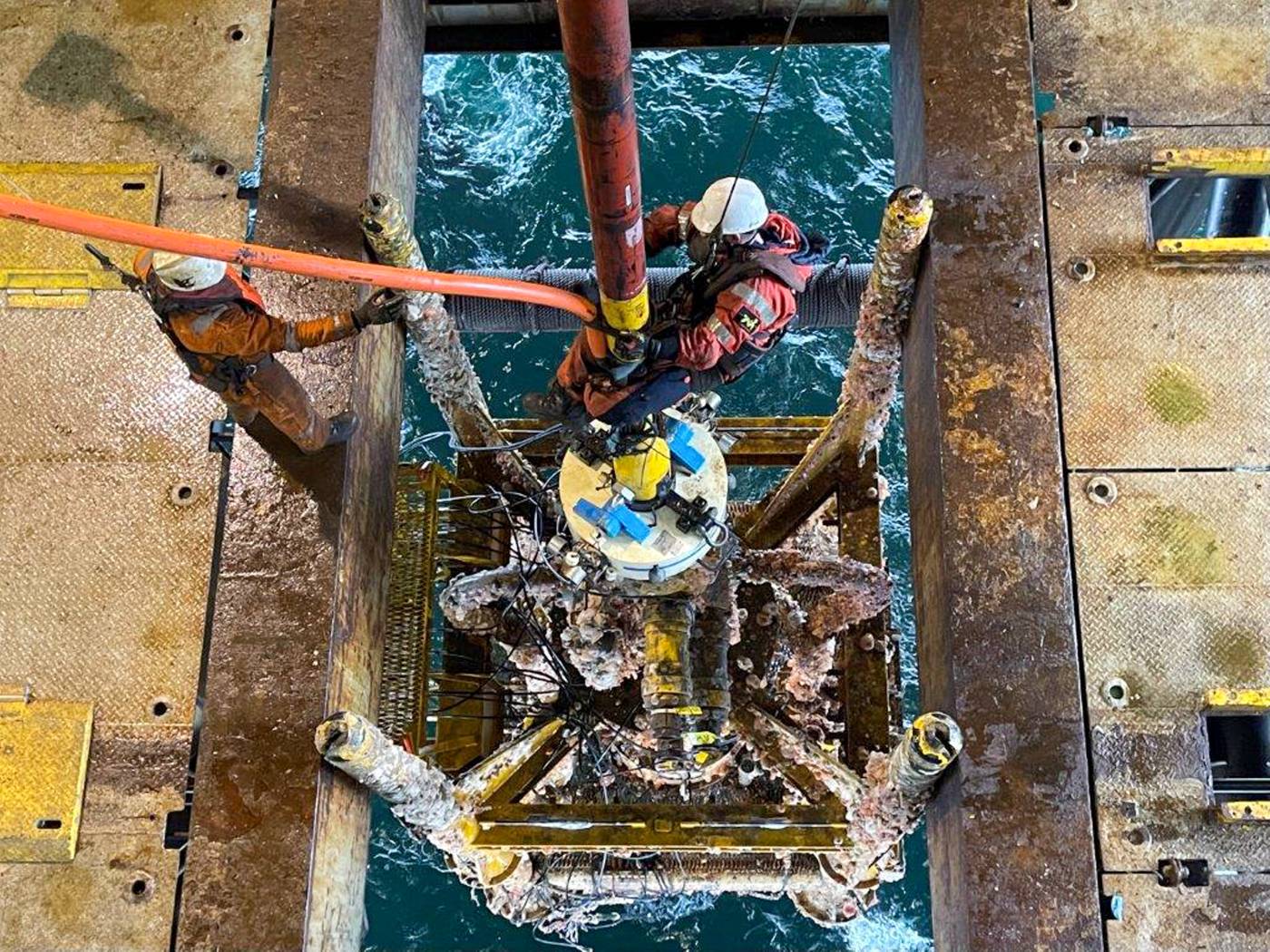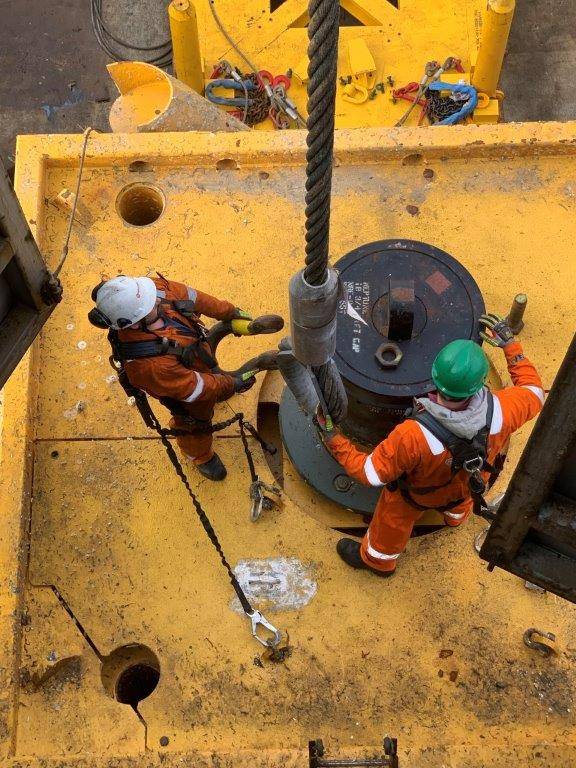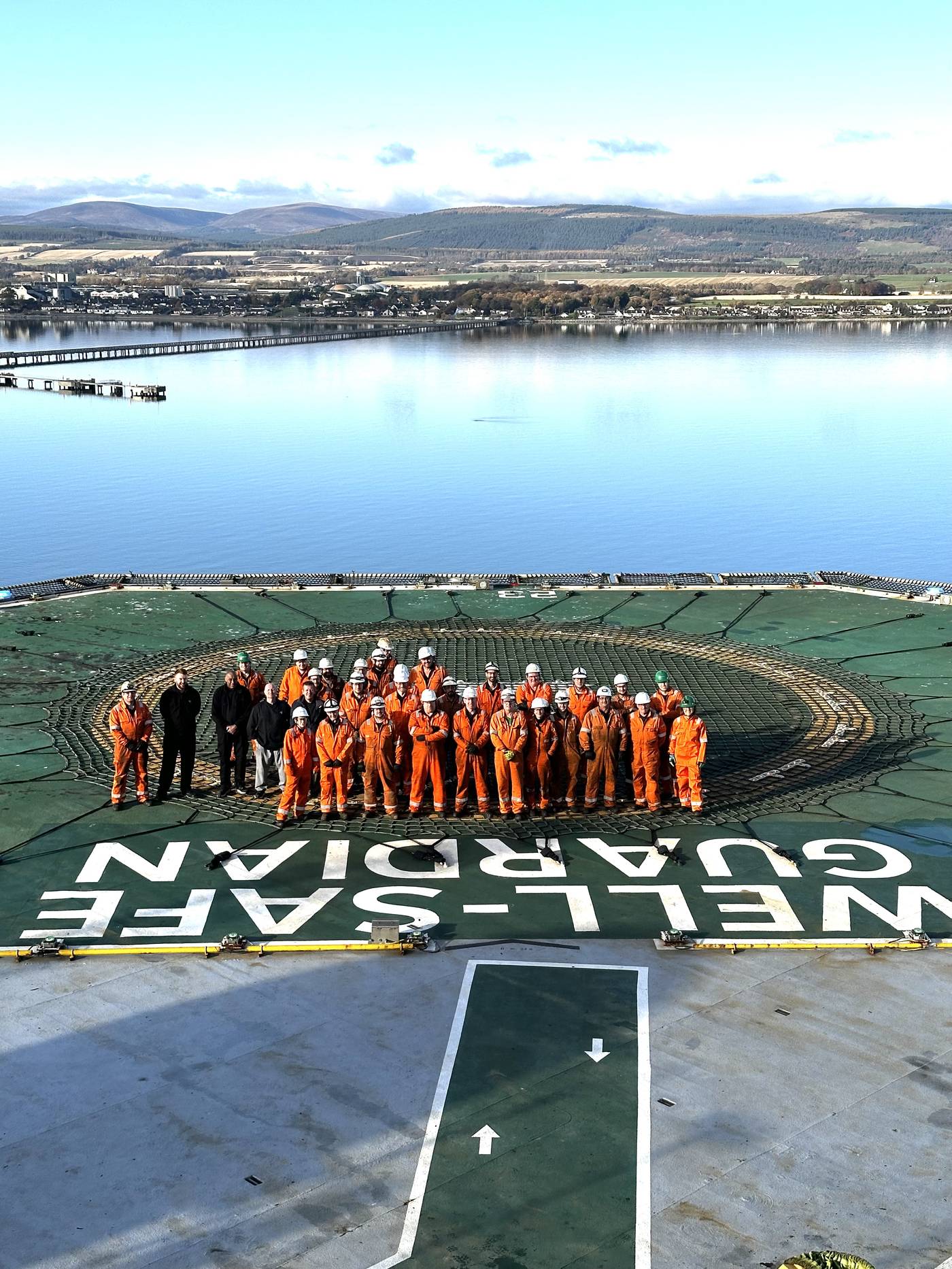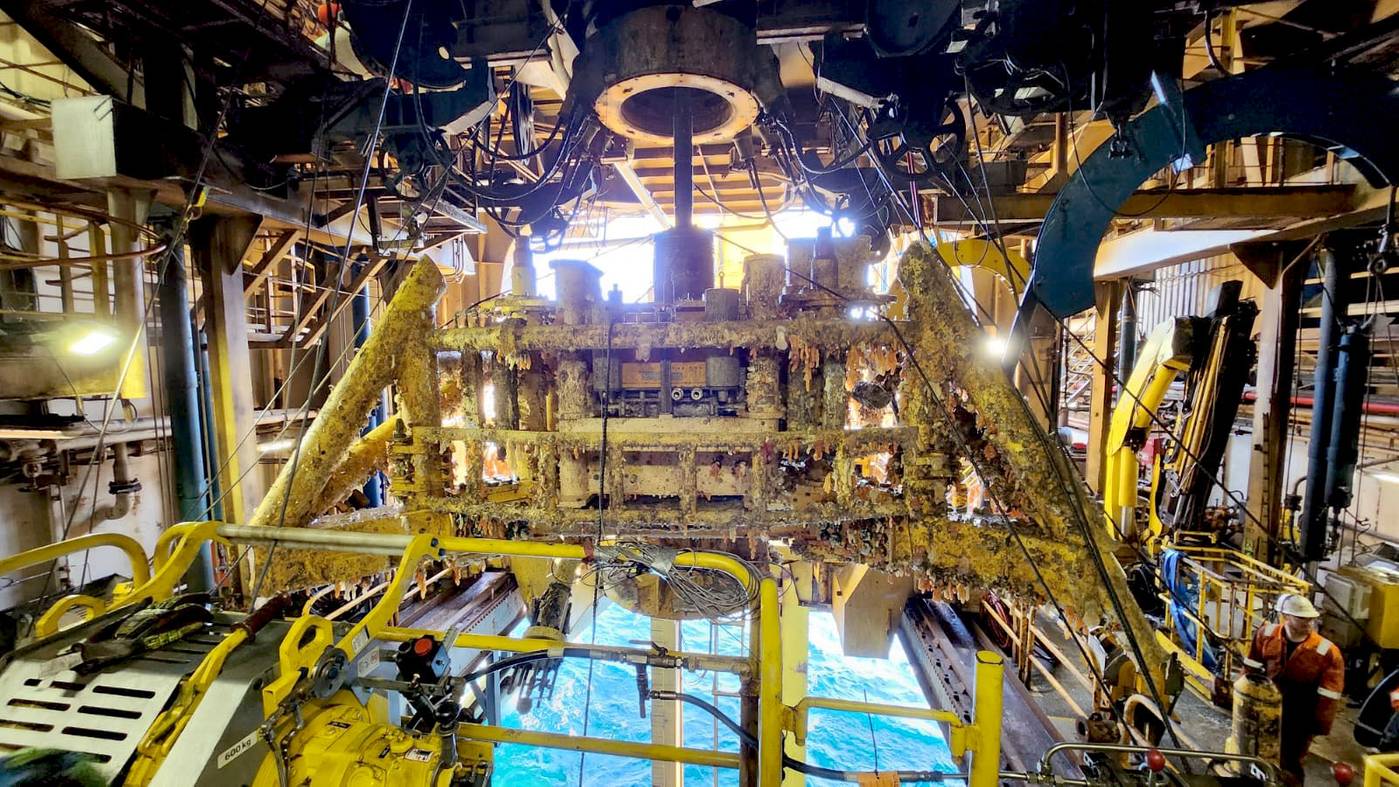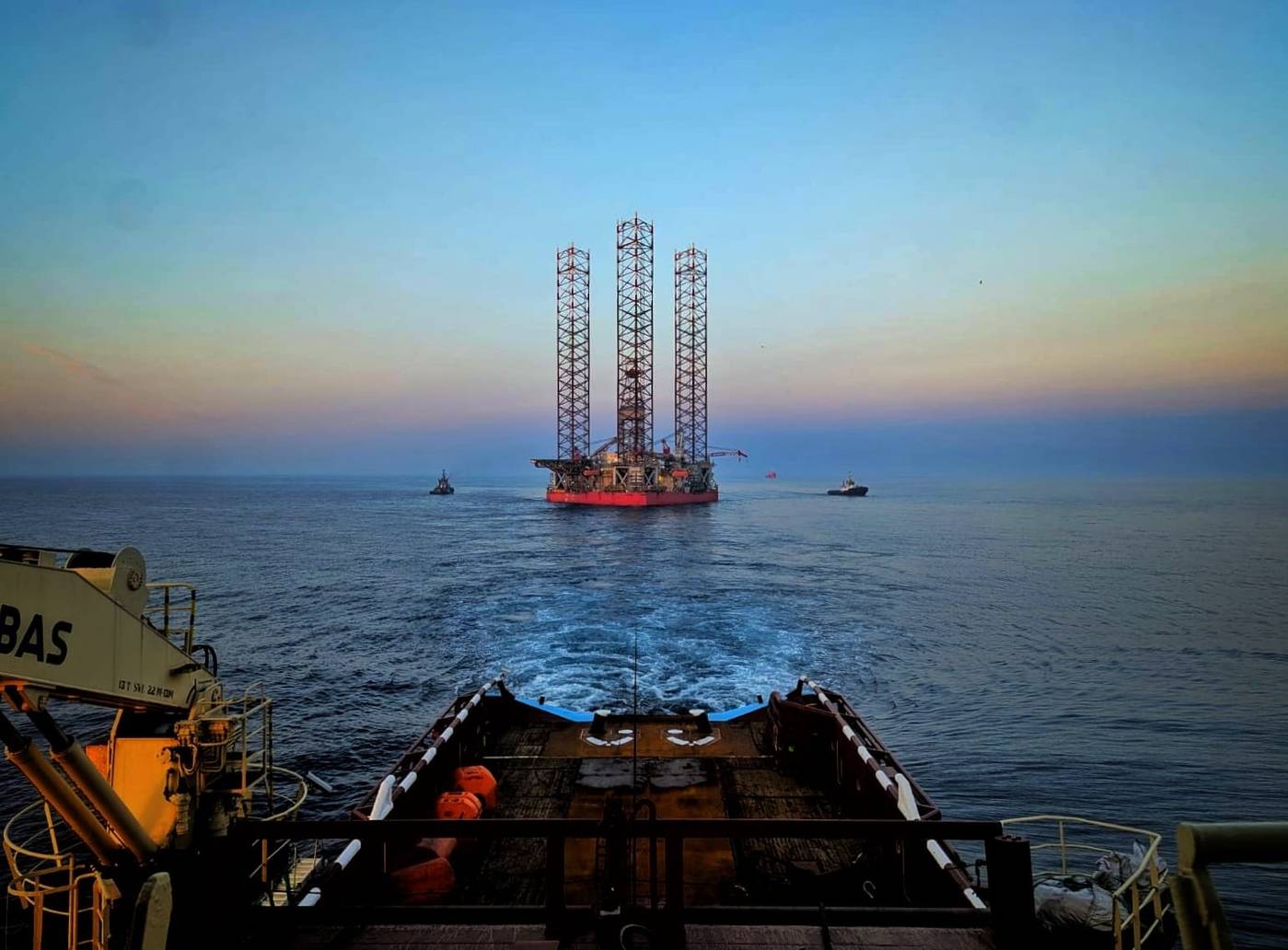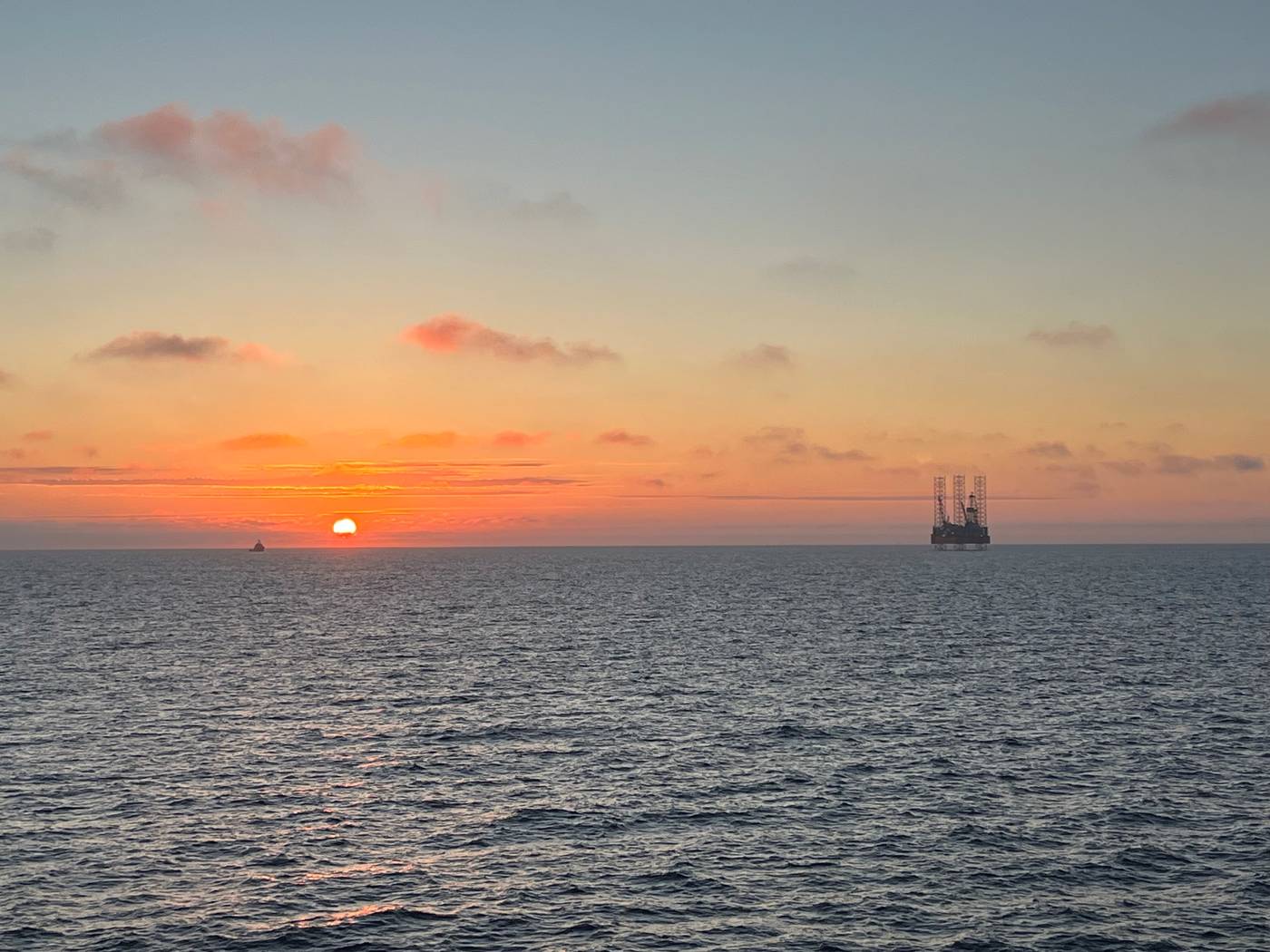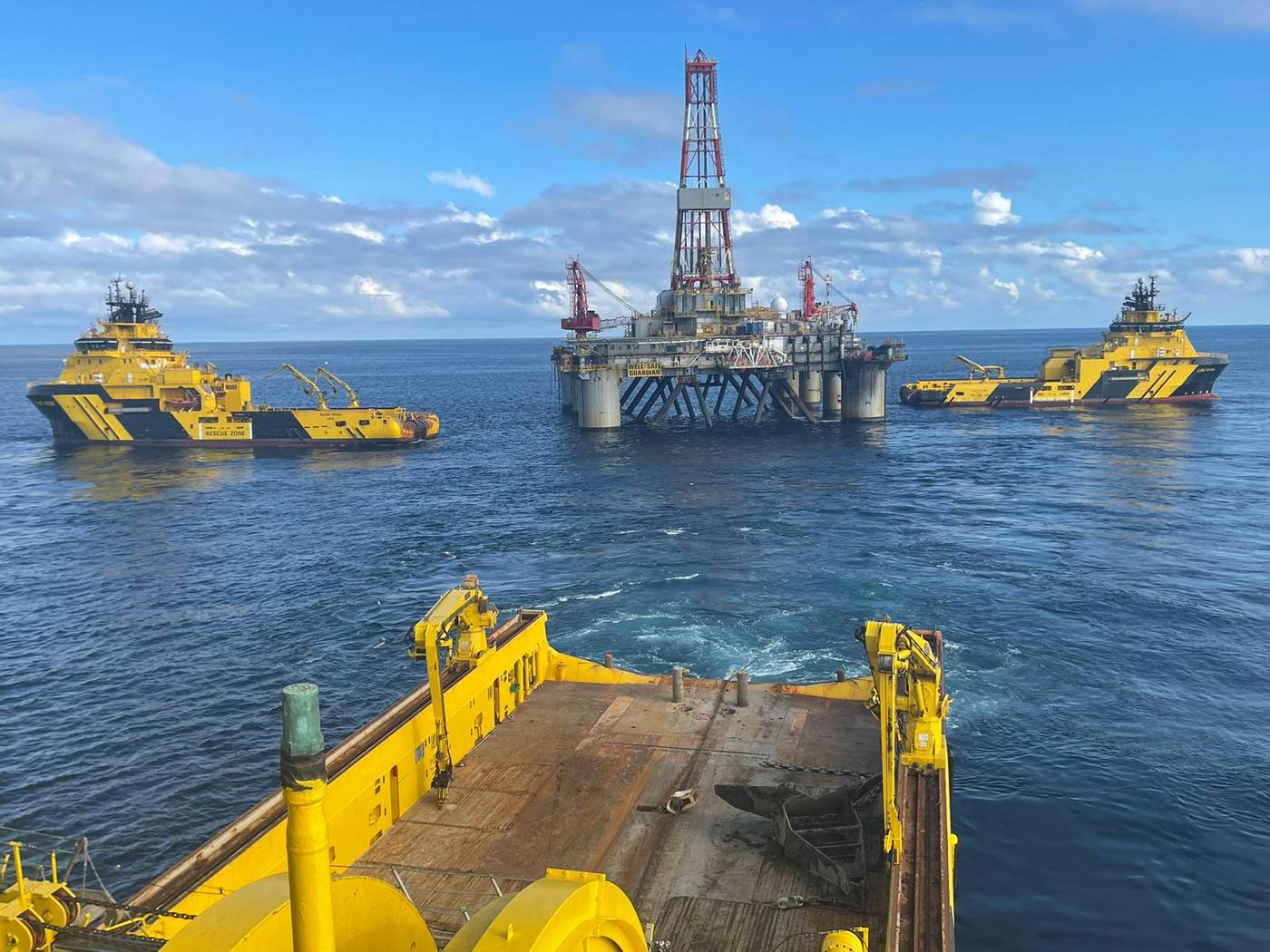Decommissioning
Well-Safe Solutions
ENGINEERING THE END:
Pulling the Plug on Old Wells
Well-Safe Solutions, a seven-year-old company with already more than 300 employees and 100 well decommissioning projects under its belt, relies on its fleet – two semisubmersibles and one jack-up – but more so on its engineering acumen to successfully, safely take old offshore assets out of action. James Richards, Well Abandonment Director, Well-Safe Solutions discusses with Offshore Engineer insights on the technology driving the business, as well as the next fertile grounds for decommissioning activity.
By Greg Trauthwein
Watch the full interview with James Richards on Offshore Engineer TV:
Decommissioning is no longer the footnote of offshore development—it’s a core engineering discipline. As the global offshore oil and gas sector faces the challenge of aging infrastructure, well abandonment has moved to the forefront of late-life asset strategy. At the center of this evolution is Well-Safe Solutions, a UK-based company purpose-built for well decommissioning, applying engineering precision to dismantle decades of legacy infrastructure safely and efficiently.
OE spoke with Richards to understand how the company is executing complex projects, advancing technical capabilities, and helping operators reduce cost and risk in one of the most uncertain phases of the asset lifecycle.
“Well abandonment is highly complex—it’s where uncertainty, degraded infrastructure, and legacy engineering all converge,” says Richards. “It requires specialized planning, purpose-built tools, and a different mindset than traditional drilling.”
Richards began his career with BG Group in 2008, working globally on HPHT and deepwater campaigns before shifting to late-life operations in the North Sea with CNR in 2013. His transition into decommissioning—starting with the Murchison and Ninian Northern platforms—highlighted the scale and technical nuance of abandonment work. That experience led him to join Well-Safe Solutions in 2019, a move that aligned with the company’s mission: to create a dedicated, de-risked approach to well P&A.
Today, Richards leads the company’s well engineering team, overseeing everything from front-end studies to full-field execution. His focus is not just on operations, but on building the multidisciplinary team required to solve the unique challenges of well abandonment.
“You need a hybrid skillset—part drilling engineering, part intervention, part brownfield operations,” he says. “P&A is not just about plugging—it’s about forensic well evaluation, barrier design, and managing aging infrastructure with limited documentation.”
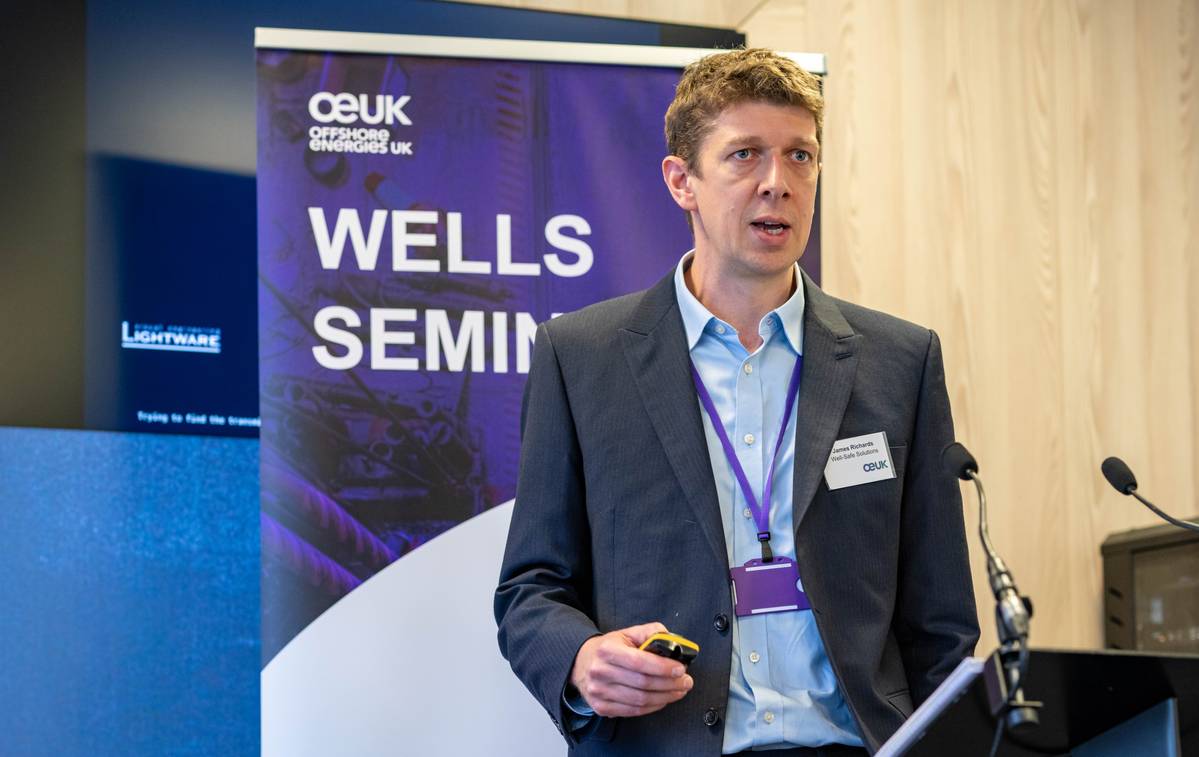 We estimate that around 30% of subsea wells in the North Sea were drilled before diver-less systems became standard. That’s more than a thousand wells that still require diver intervention. - James Richards, Well Abandonment Director, Well-Safe Solutions
We estimate that around 30% of subsea wells in the North Sea were drilled before diver-less systems became standard. That’s more than a thousand wells that still require diver intervention. - James Richards, Well Abandonment Director, Well-Safe Solutions
A FIT-FOR-PURPOSE FLEET STRATEGY
Well-Safe’s operating model centers on ownership and optimization of rigs tailored for decommissioning. The company currently operates three units: the Well-Safe Guardian and Well-Safe Defender, both semi-submersibles, and the Well-Safe Protector, a jack-up. All three assets were acquired from previous drilling campaigns and reactivated specifically for late-life operations.
“These rigs were selected not for their generation, but for their compatibility with legacy assets,” Richards said. “We’re not chasing seventh-generation drillships—we need units with the right load profiles, BOP specs, and deck layouts to safely interface with infrastructure from the 1980s and ‘90s.”
Unlike modern drilling rigs, whose high hook loads and complex well control systems may be incompatible with legacy wellheads, Well-Safe’s rigs are tailored for lower-pressure environments and optimized for campaign-mode decommissioning. The company has decommissioned over 100 wells to date, with headcount now exceeding 30 across its offices in the UK and Malaysia.
WELL-SAFE GUARDIAN: A MULTI-MISSION PLATFORM
The company’s flagship asset, the Well-Safe Guardian, is one of the few offshore rigs equipped with both a saturation dive system and a Trident Intervention Module, making it uniquely capable of subsea well decommissioning in the North Sea. “We estimate that around 30% of subsea wells in the North Sea were drilled before diver-less systems became standard,” says Richards. “That’s more than a thousand wells that still require diver intervention.”
The onboard D300 sat dive system allows divers to perform critical mechanical operations—manipulating valves, reinstating hydraulic control lines, or removing structural debris—that ROVs can’t handle reliably. This eliminates the scheduling complexity of mobilizing a separate dive support vessel and allows Well-Safe to execute diving and rig-based abandonment operations in parallel.
The integration of SIMOPS (simultaneous operations) further enhances efficiency. “We can have divers preparing one well while we're setting mechanical barriers downhole on another. It’s a force multiplier,” Richards says. “And if something unexpected comes up—like a leaking line—we have the inbuilt capability to intervene without delay.”
TECHNOLOGY IN CONTEXT: BEYOND THE SILVER BULLET
While emerging technologies are critical, Richards cautions against overreliance on novelty at the expense of fundamentals. “There’s a tendency in decommissioning to look for silver bullets,” he says. “But the biggest cost and risk reductions still come from front-end design—barrier strategy, risk analysis, contingency planning. If we can eliminate a barrier through engineering, we might cut P&A cost by 50%. No tool offers that magnitude of impact.”
That said, technology plays a vital role when thoughtfully deployed. Well-Safe is actively exploring or utilizing:
-
Thermite plugs, used to create foundational support for conventional cement barriers in difficult geometries;
-
Multi-casing logging tools, enabling better diagnostics of annular pressure or barrier condition in old completions;
-
Lightweight BOP systems using explosively actuated shear rams, a solution for wellheads that can’t support full-weight hydraulic systems.
“These tools expand the envelope of what’s possible—but they don’t replace rigorous planning,” Richards says. “We treat technology as another instrument in the toolbox—not the blueprint.”
GLOBAL GROWTH, REGIONAL ADAPTATION
Well-Safe is currently expanding into Asia-Pacific, with new offices in Kuala Lumpur. The shift is driven by growing decommissioning demand in Australia, Southeast Asia, and eventually Brazil. “Southeast Asia is looking closely at North Sea P&A practices,” Richards says. “But it’s not a straight export—you have to adjust for different well types, geological conditions, and regulatory regimes.”
Australia’s offshore infrastructure is approaching end-of-life, while Brazil’s shallow water assets—less visible than its high-profile pre-salt—are also nearing abandonment thresholds. Richards anticipates that knowledge transfer, not just hardware, will be Well-Safe’s key export.
CCS AND THE NEXT PHASE OF LATE-LIFE STRATEGY
The overlap between well decommissioning and carbon capture and storage (CCS) is increasingly relevant. Many legacy assets being abandoned today could become future CCS injection sites—or at least must be assessed for CCS integrity risks. “If you’re abandoning a well in a field with CCS potential, your barrier strategy needs to reflect that,” Richards explains. “And conversely, if you're assessing a site for CCS, you need to understand the integrity of every legacy well. This is where our work directly supports future emissions mitigation.”
Well-Safe has already supported several CCS pre-assessment projects and sees this as a natural extension of its technical base.
CASE STUDY: SIMOPS IN THE SOUTHERN NORTH SEA
A recent campaign using the Well-Safe Protector on a Southern North Sea platform illustrated the advantages of integrated, flexible operations. The team executed SIMOPS by performing digital slickline work from a moonpool while simultaneously deploying the BOP through the main rotary. The operation allowed for efficient plug placement without repeated BOP rig-up/rig-down between wells. Midway through the campaign, a velocity string—not listed in the well records—was discovered in one wellbore. Rather than halting operations, the team sidetracked to other wells, while a parallel onshore team engineered a recovery plan. By the time the program returned to the problematic well, the necessary tools were staged and ready, allowing abandonment to proceed without NPT.
“That’s the reality of decommissioning,” Richards says. “Unknowns are part of the job. But with the right structure, you can solve problems without losing time.”
ENGINEERING THE EXIT
Well-Safe’s philosophy is rooted in treating decommissioning as an engineering discipline—not just a regulatory obligation. With purpose-built assets, a focused team, and a methodical approach to risk and cost reduction, the company is helping operators navigate the late-life phase more strategically. “Decommissioning isn’t just about removing a liability,” says Richards. “It’s about applying engineering to secure the subsurface for the next 100 years—whether that’s for permanent abandonment, CCS, or something else entirely.”
For a sector confronting the full arc of the asset lifecycle, Well-Safe Solutions is engineering not just an exit—but a legacy.
WELL-SAFE GUARDIAN
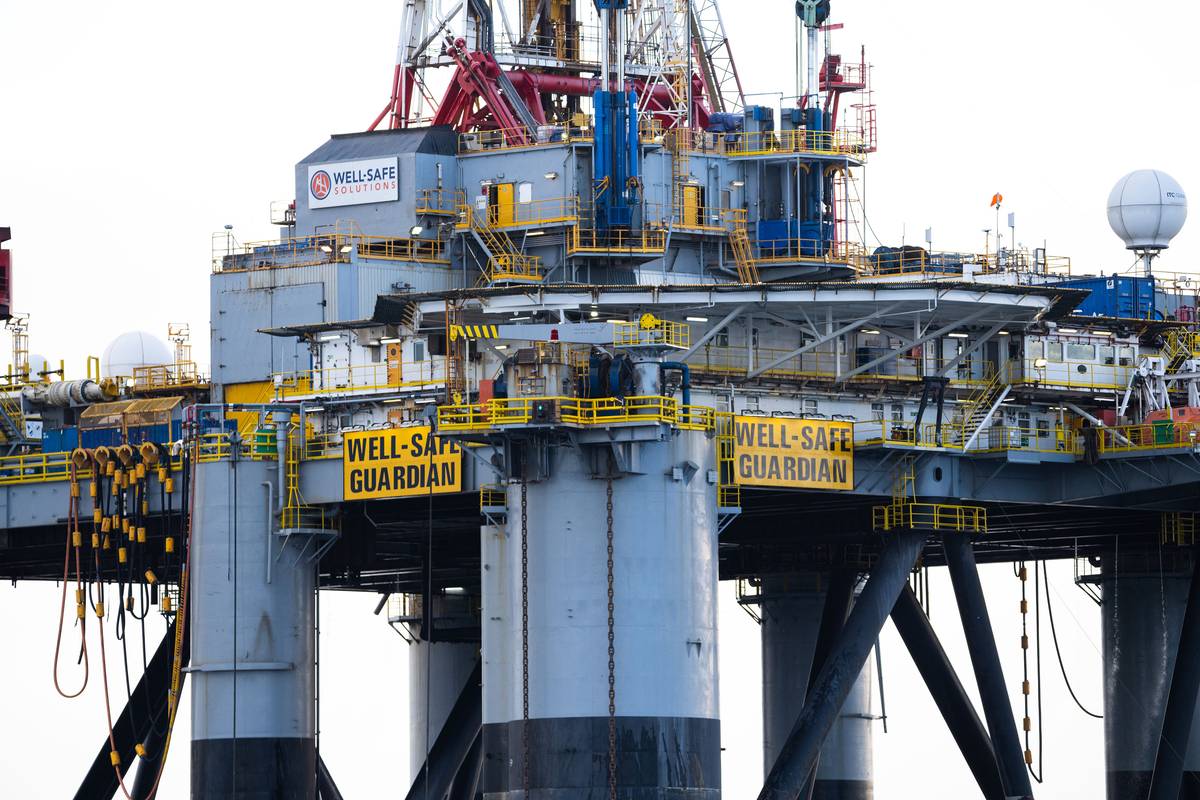
Type: Semi-Submersible Drilling Rig
Original Build: 1985 (upgraded for P&A operations)
Water Depth Rating: Up to 1,500 ft
Well Depth Capability: ~20,000 ft
Notable Features:
-
Integrated D300 saturation dive system
-
Trident Intervention Module for subsea well access
-
SIMOPS capability for simultaneous diving and rig-based operations
-
Enhanced for legacy subsea wellhead interface
-
Fully certified for UKCS operations
The skinny: Unique in the North Sea as the only rig with onboard saturation diving and subsea intervention tooling.
WELL-SAFE PROTECTOR

Type: Jack-Up Drilling Rig
Original Build: 1983 (converted for decommissioning)
Water Depth Rating: Up to 400 ft
Well Depth Capability: ~15,000 ft
Notable Features:
-
Optimized for platform well P&A
-
Digital slickline compatibility
-
Equipped for SIMOPS with modular deployment
-
Proven in congested surface infrastructure environments
-
Advanced skidding and cantilever reach for tight well layouts
The skinny: Ideal for North Sea platform campaigns requiring flexible deployment and minimal footprint.
WELL-SAFE DEFENDER

Type: Semi-Submersible Drilling Rig
Original Build: 1983 (upgraded)
Water Depth Rating: Up to 1,500 ft
Well Depth Capability: ~20,000 ft
Notable Features:
-
Second-generation semi optimized for well abandonment
-
Configured for campaign-mode efficiency
-
Modular setup supports rig-based and intervention operations
-
Redundant well control systems for legacy completions
-
Enhanced deck space for multi-well logistics
The skinny: Built for scalable subsea abandonment projects across the North Sea and beyond.


